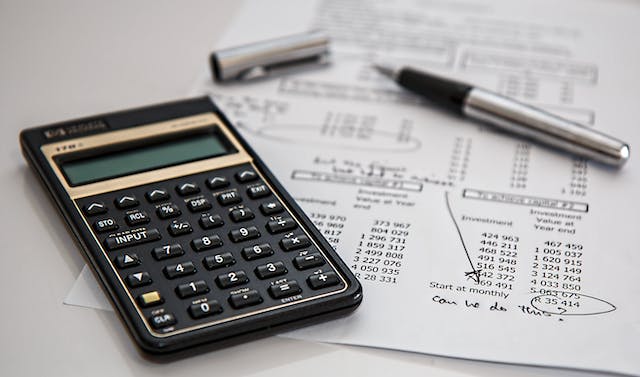
Creating a thorough budget for you to follow can transform your finances, so not only you know what you’re spending and where, but it helps you to prioritising saving for the future too. Whether you do this on your own or speak to a financial debt advisor to help, this is all about being realistic to make sure you stick to it and also figuring out where you can make sacrifices. So, let’s get into it!
List All Of Your Incomings and Outgoings
The very first thing you should do is list all of your incomings and outgoings in a spreadsheet. There is never too much detail here, as the more you can put into the spreadsheet, the better! Start with your absolute essentials like rent/mortgage, debt repayments, child care, council tax, bills and insurance. Then go onto things that you need but aren’t essential, like phone contracts, subscriptions and emergency fund contributions. Next, list everything like food shops, going out money, holiday savings, birthday and christmas savings, then other savings you contribute to like house savings or retirement. Then, add all of your earnings, whether that’s a main wage or a few different forms of income. Once you have everything listed with approximately what you spend each month, it will set you up to then accurately plan out your budget! If you are a business, budgeting may involve checking in with your accountant or your Xero accounting software.
Start With The 50-30-20 Rule
Now you know how much you spend, it’s time to figure out how much you should be spending! A good ballpark to help you get started with this is the 50-30-20 rule. This rule is about how to distribute your income, with 50% going on your needs (housing, food, debt repayments, childcare etc), 30% going on wants (presents for others, meals out, nights out, nice clothing, holidays etc) then 20% should go into savings (house savings, retirement or emergency funds). This won’t be feasible for everyone at every age, for example a 25 year old starting their career in London will be unlikely to be able to save 20% of their earnings, with more needing to go on their living expenses. Whereas, a 35 year old who owns their home and lives with a partner in a small town may be much more flexible and could save more than 20%. That’s why this is just a ballpark to give you an idea about where you money should be going.
Set Up Direct Debits
Once you’ve decided how much you will be saving each month into different pots, you should set up direct debits on payday. If you leave savings at the end of the month, they’ll start to feel optional, whereas when you commit on payday, it will feel like the money isn’t yours to spend, so you’ll see your savings building up much more quickly. Whilst this isn’t guaranteed to help you save, it makes a big difference for many people with a slight shift in mindset. Get the direct debits set up and you should see positive changes!
